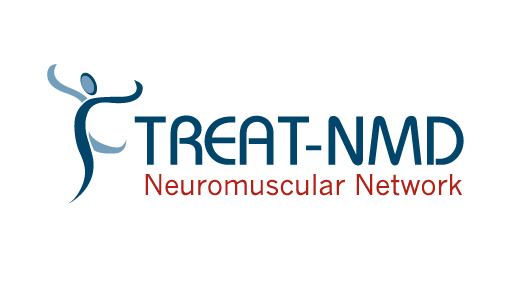Congenital Muscular Dystrophies
Congenital muscular dystrophies (CMDs) are a group of genetic muscle disorders that appear at birth or very early in infancy. There are over 30 types of congenital muscular dystrophies. These include:
- Congenital muscular dystrophy type 1A (MDC1A; merosin-deficient CMD)
- Congenital muscular dystrophy type 1B (MDC1B)
- Congenital muscular dystrophy type 1C (MDC1C)
- Congenital muscular dystrophy type 1D (MDC1D)
- Congenital muscular dystrophy with integrin deficiency
- Fukuyama congenital muscular dystrophy
- LMNA-related disorders
- Muscle-eye-brain disease
- Rigid spine muscular dystrophy (RSMD1)
- SEPN1-related disorders
- SYNE1-related disorder
- Walker-Warburg syndrome
- Collagen-VI related dystrophies (Learn more about Collagen-VI related dystrophies here.)
Babies are usually described as “floppy” (low muscle tone), and contractures (tightness) of the joints also commonly occur. Other symptoms, and the overall severity of CMD, can vary greatly between each affected person. Even family members with the same subtype of CMD can be affected differently.
The majority of CMDs are caused by issues in proteins that sit on the outside of muscle fibres. These proteins are important for maintaining muscle health. Other types of CMDs can be related to problems with proteins inside muscle fibres, or the signals between muscles and the brain, or how the body handles calcium.






